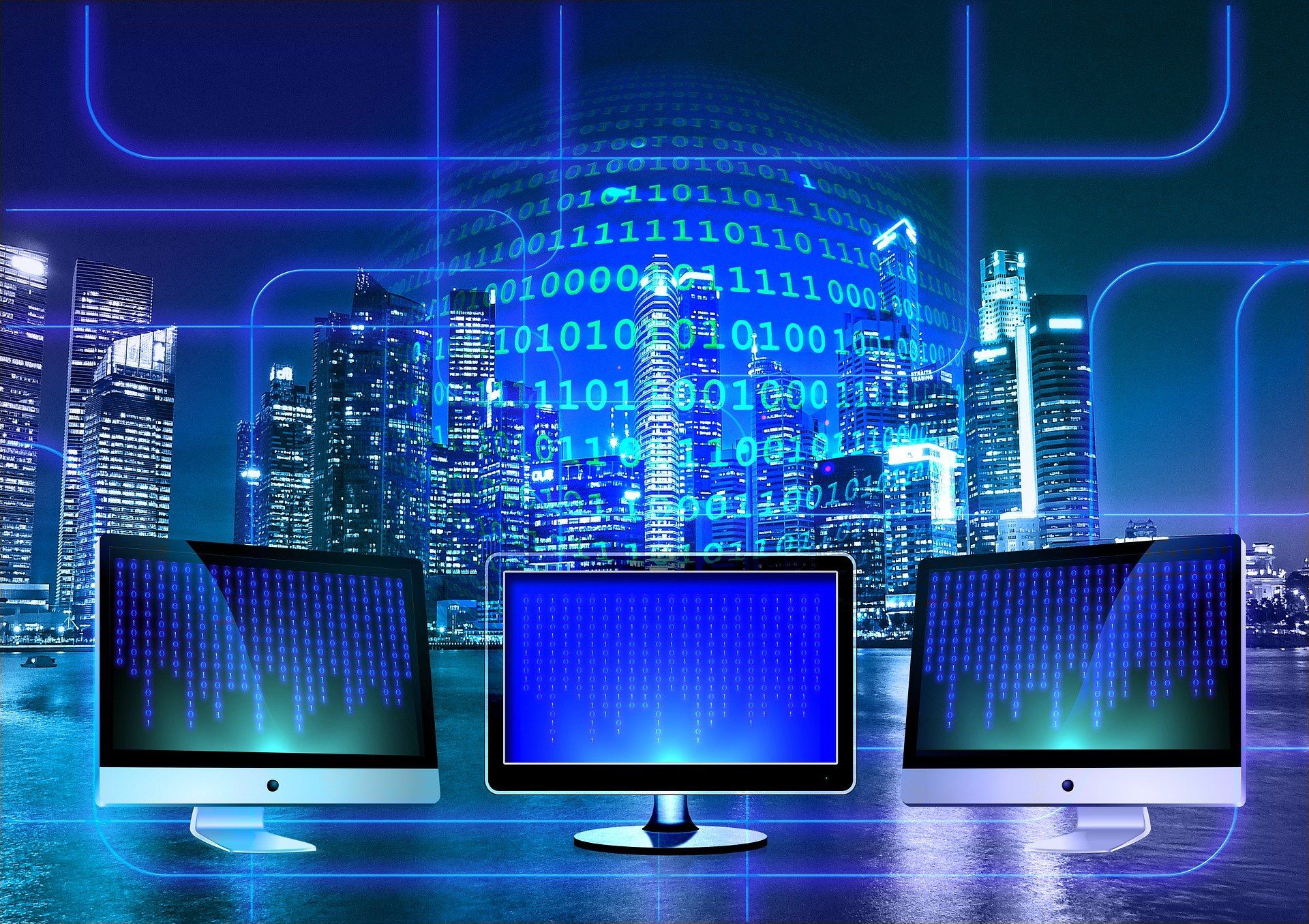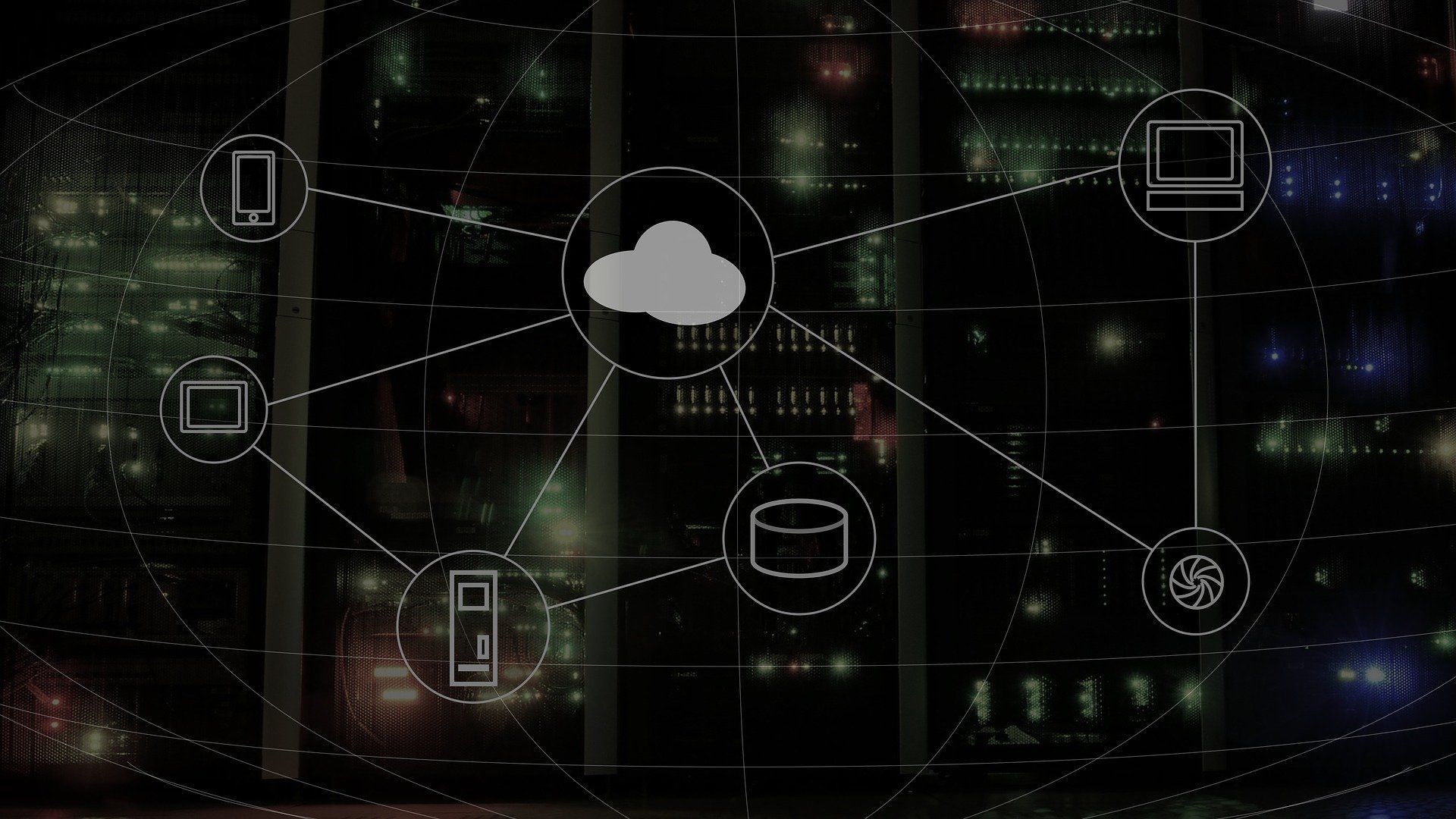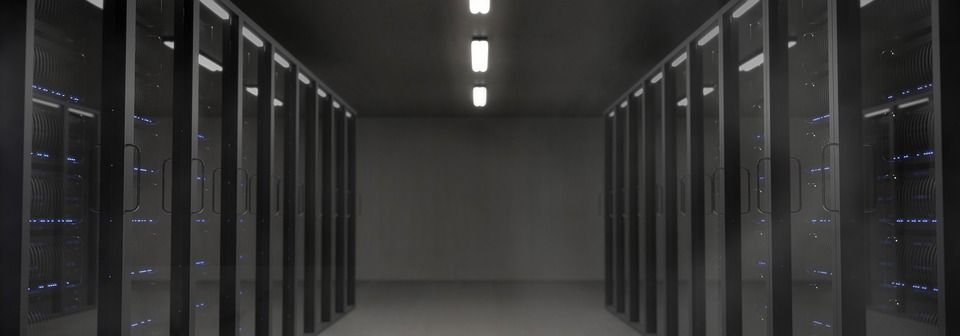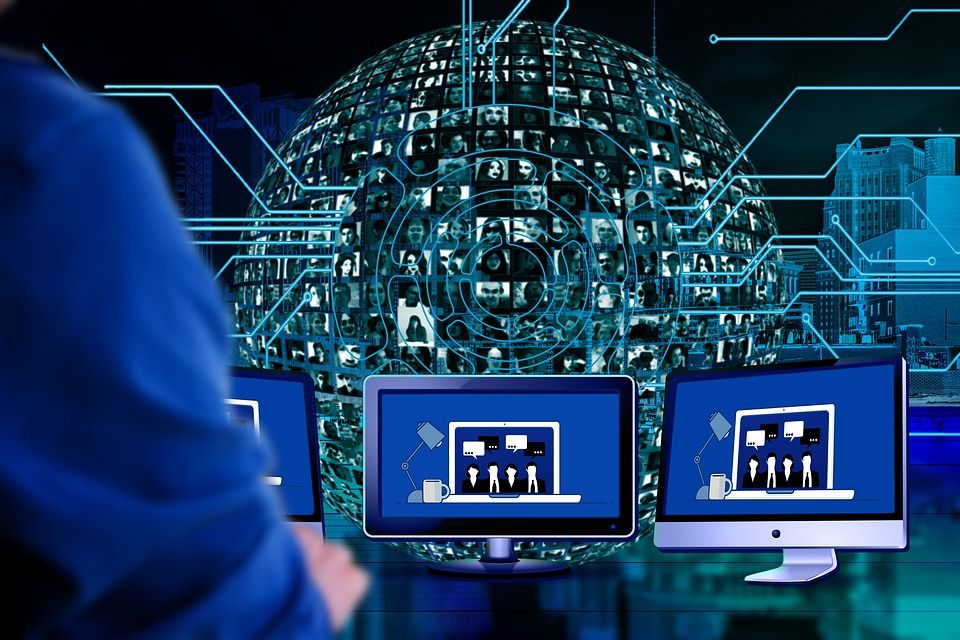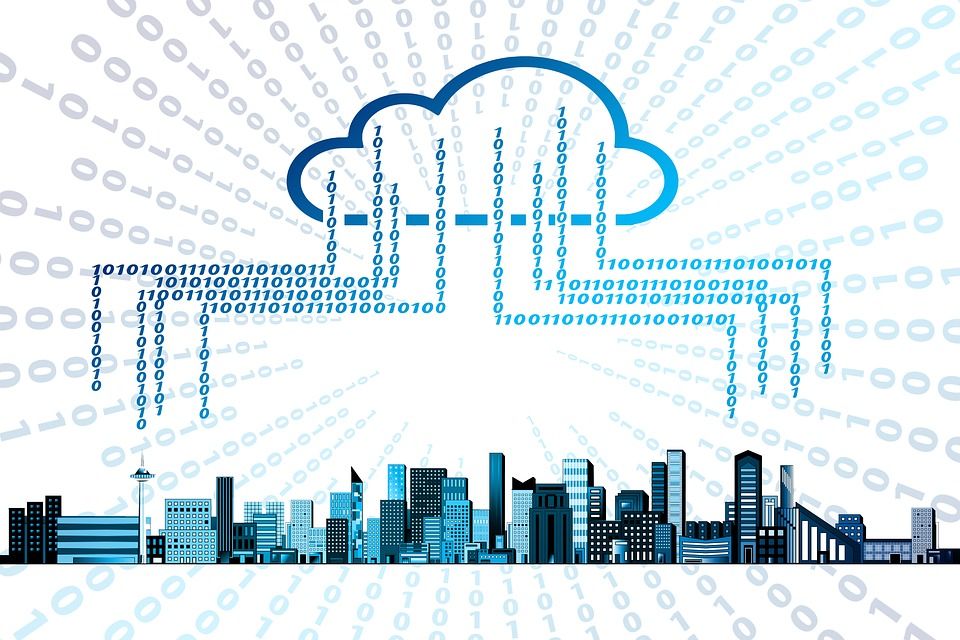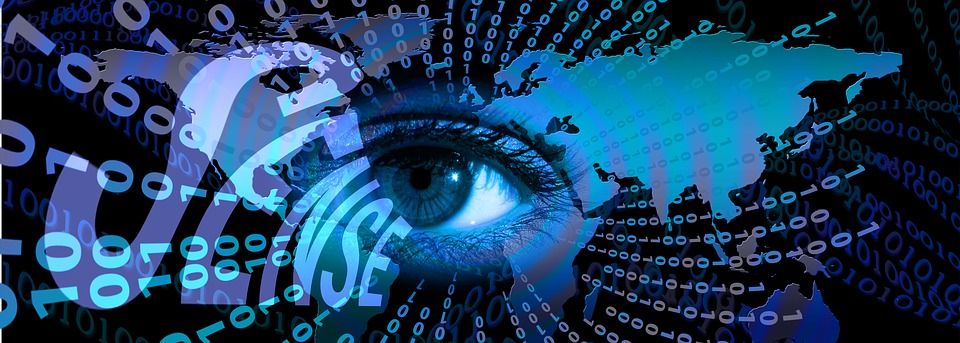Global IT spend has been declining in the last couple of years, while cloud computing spending is growing every year. It is not by chance that this is the trend. A transition to virtualized systems has allowed companies to optimize digital hardware and better return on their investment.
This trend is not about to stop soon. Demand for cloud computing is increasing, and the cloud computing industry is adapting to keep up with the trends. Here are the seven major cloud computing trends that can affect the way you work in 2021 and beyond.
1. Edge Computing Is the New Cloud
Edge computing, just as the name suggests, is computing done at the edge. In edge computing, the data is generated, processed, and stored at the data source or as close as possible to the data source. It is unlike cloud computing, which stores, manages, and processes data at a centralized data center.
Thus, cloud computing requires intensive computations and is prone to have issues with latency (drag in the speed of the data as it travels from its origin to the data center). Also, where the connection is limited or non-existent, cloud computing becomes impractical.
It makes edge computing an excellent alternative for time-sensitive data and in areas where the connection is limited. In 2021 and beyond, you will see edge computing come to the fore. In action, you will see it on IoT devices, security monitoring systems, medical monitoring devices, among others.
2. Artificial Intelligence Is Pairing With Cloud Computing
Artificial intelligence is a branch of computer science involved in building tools that mimic human intelligence. You most likely have interacted with AI in one form or another. For example, opening your phone using Face ID, your smart thermostat adjusting the temperature of your home to your liking, online shopping recommendations, and so much more.
In 2021 and beyond, AI will monitor, manage, process, and self-heal the cloud computing system in real-time. AI algorithms will also automate repetitive tasks in cloud computing systems and make the system fault-tolerant. It will benefit enterprises greatly since it will free them from everyday operational chores and the costs of maintaining systems.
3. Hybrid Cloud
Should you store your data in a public cloud or private cloud? In most cases, the answer is not as clear-cut. Each type of cloud has its advantages and disadvantages. It is where the hybrid cloud comes in.
A hybrid cloud is a combination of public cloud and private cloud. The two clouds work in tandem and allow for computing and data sharing between them. So, the user gets the best of both worlds.
A hybrid model offers great flexibility and allows one to move sensitive data to private networks while non-sensitive data remains in public clouds. It is also cost-efficient, has minimal downtime, and is secure, agile, and scalable.
In 2021 and beyond, there will be more cloud providers offering hybrid cloud solutions. For example, Microsoft Azure offers various hybrid cloud products and services like Azure Stack, Azure Defender, and Azure Arc.
4. Going Serverless
It sounds like an oxymoron to have serverless cloud computing. How could you have cloud computing without a server? However, it means you outsource the server from a cloud provider. Amazon Web Services is an example of a technology that makes serverless computing possible.
The benefit is that there are no servers or operating systems to maintain. It is also easy and efficient to scale; it has built-in availability and fault tolerance, and above there is no idle capacity. It means you pay for only what you use. In 2021, there will be an aggressive shift from the traditional “server-based” cloud computing to serverless.
5. Virtual Cloud Desktops
Are you planning to buy a new computer? If you are, pause and first look into virtual cloud desktops. A virtual cloud desktop is a computer like any other, but its processor, memory, storage, and software are in the cloud. So, it looks like a computer, but what happens under the hood is in the cloud.
With virtual cloud desktops, you do not have to give up the current “hardware” of the computer that you have. You can customize your virtual desktop to your needs, also known as desktop-as-a-service. Currently, Amazon offers it on the Workspaces platform and Microsoft with the Windows Virtual Desktop.
In 2021 and going beyond, virtual cloud desktops will be more common as they eliminate the need to buy new computers when their technology becomes outdated. More so, you will only pay for what you need.
6. Multi-Cloud Approach
The Big 3 public cloud providers Amazon, Microsoft, and Google, have a walled garden business ideology. You have to sign up to their platform for you to have access to their services. Once you are signed up, the whole ecosystem of what they offer is available to you, which is the same with their cloud computing services.
However, cloud consumers are uneasy with this model and are demanding hybrid or multi-cloud systems. Cloud consumers want to access and share data with other users who may work on different cloud platforms. In the future, you will see innovations from startups that will try to simplify the connection between different public cloud platforms.
7. Strict Data Privacy Laws
2021 and beyond will be the end of the wild west of information sharing. Legislation is being created and passed to address cybersecurity, data breaches, and privacy. It follows the lead of the European Union’s General Data Protection Regulation (GDPR).
Although the US has no central federal privacy law like the GDPR, several state privacy laws have already been passed. These include the California Consumer Privacy Act (CCPA), California Privacy Rights Act (CPRA), Nevada Senate Bill 220 Online Privacy Law, and the Maine Act to Protect the Privacy of Online Consumer Information. Currently, there are over 50 pending state privacy laws waiting to be passed.
The Future of Cloud Computing
Computing has come a long way. It started with early computing, where centralized applications were only running on an isolated computer. Then it moved to personal computing that decentralized applications and have them running locally. From there, cloud computing came with apps and entire platforms running with data centers. Now, we see a shift towards edge computing with apps running at the "edge" (close to users) or the network edge.
Technology keeps on growing and evolving every day. Computing is no different. Be sure to check out these trends in 2021 and beyond and see how you can leverage them going forward.


